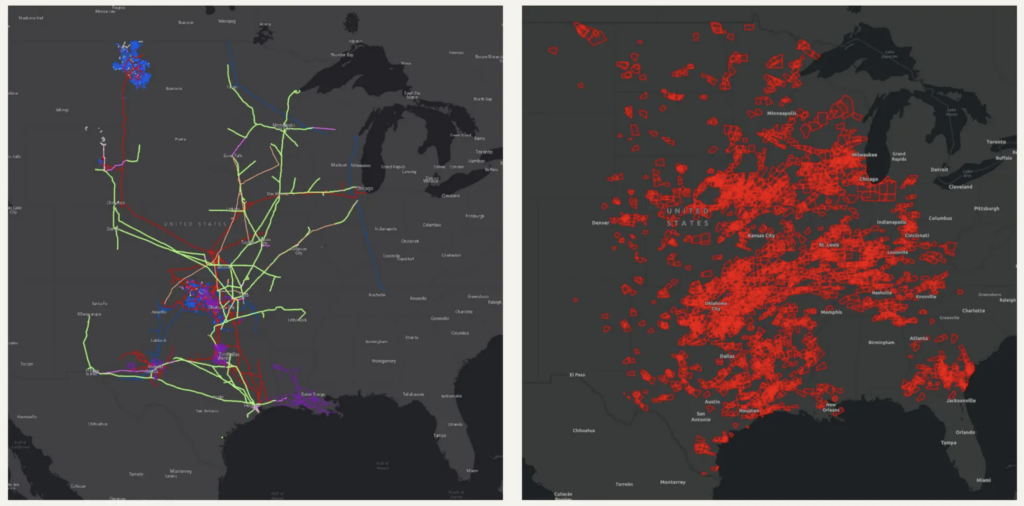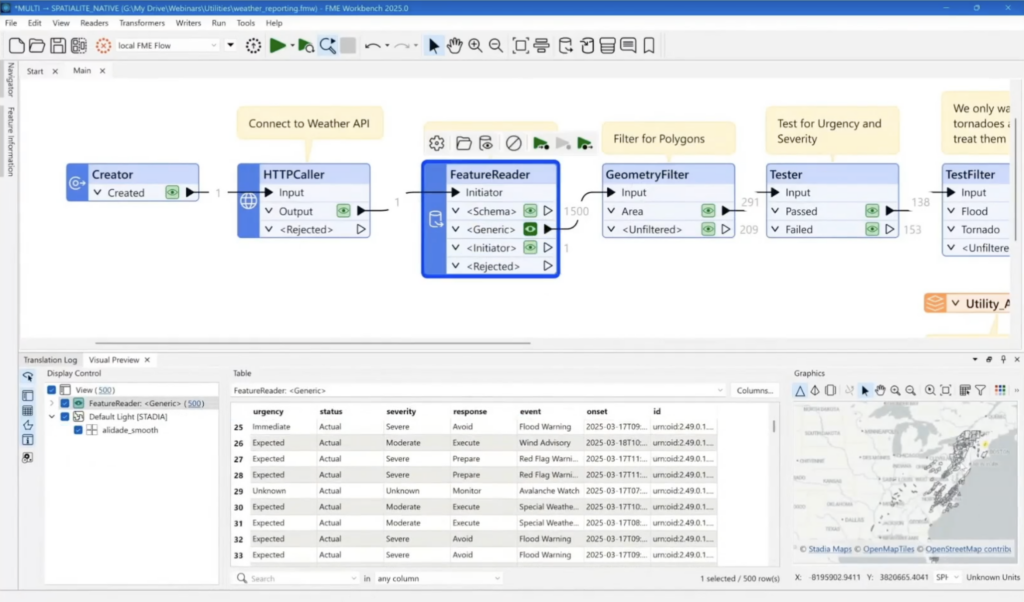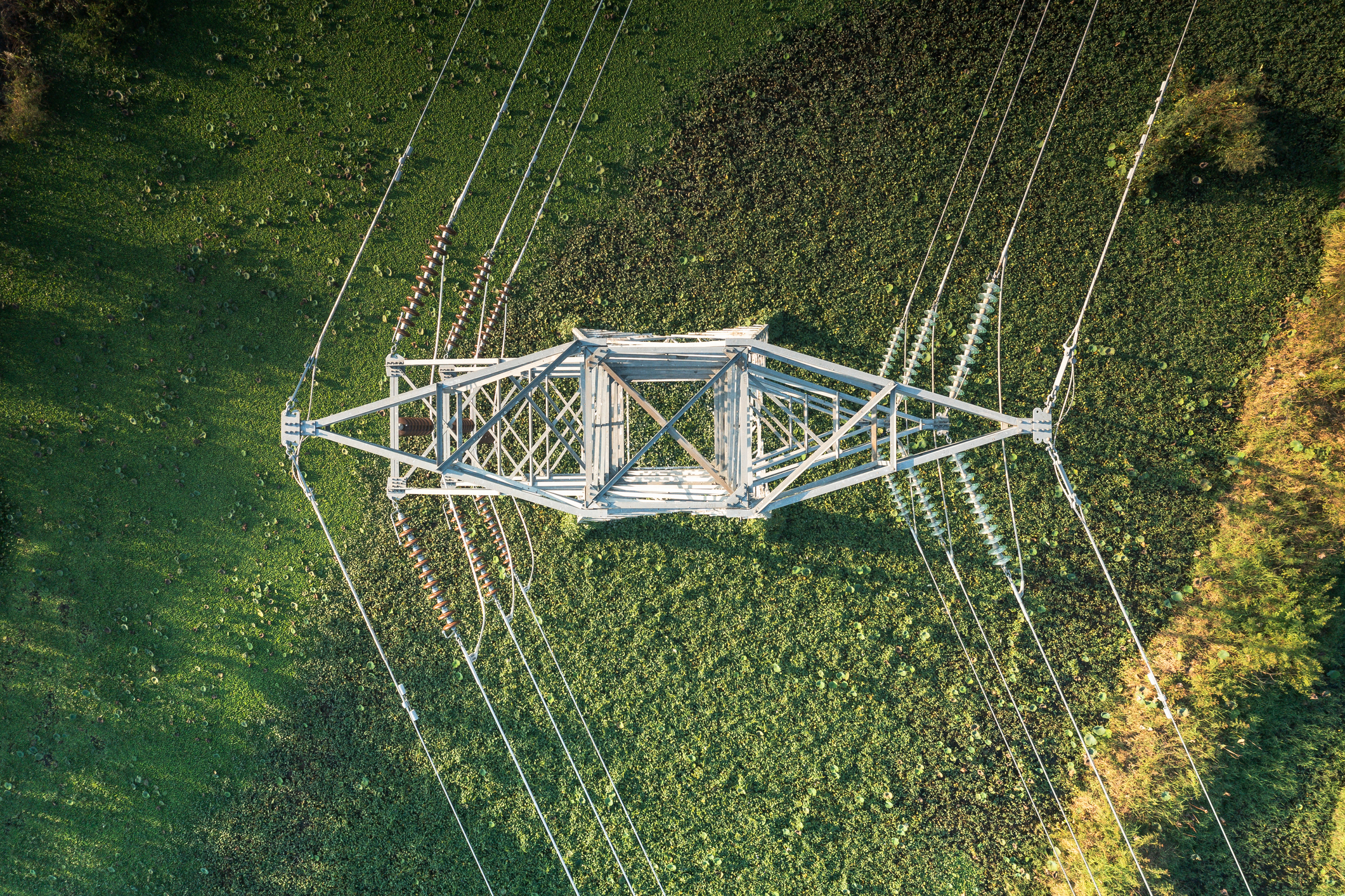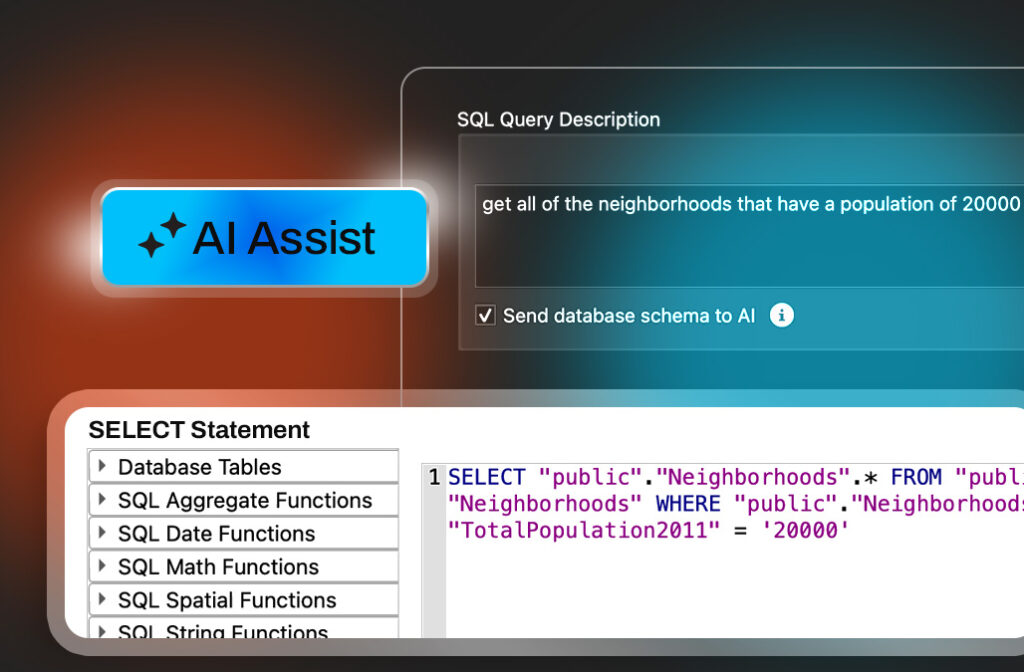Efficiency, safety, and automation are key drivers of success in the energy and utilities sector. During our recent webinar, Paige Florie and Charles Lubensky from ONEOK shared how they have harnessed FME to enhance operational workflows, improve risk management, and drive efficiency across their organization. Here are some valuable insights they shared about how these solutions can be adapted across the industry.
For a deep dive and live demos, watch our webinar recording, Powering Energy and Utilities with Data Integration: Smarter Data, Smoother Operations.
Transforming energy operations with FME
ONEOK, a leading midstream service provider, has implemented FME to streamline and automate several critical processes. From pipeline monitoring to weather-based alerting, they have successfully leveraged data integration to enhance safety and efficiency.
Key use cases of FME in Energy & Utilities
1. Drilling permits & storage caverns: Preventing costly incidents
Managing drilling permits and monitoring storage caverns requires precision and real-time oversight. ONEOK uses automated alerts to flag potential issues before they escalate into costly or hazardous situations. By integrating spatial and regulatory data, FME ensures compliance and risk mitigation.
2. Weather alerting for pipelines: Real-time response to environmental hazards
Severe weather events pose significant risks to pipeline integrity. ONEOK has implemented real-time weather-based alerts in FME to track tornadoes, hurricanes, and lightning strikes. This enables rapid response times and proactive decision-making, reducing potential damage and downtime.
3. Contract oversight & spatial analysis: Enhancing business intelligence
Managing contracts and tracking drilling activities manually can be resource-intensive. With FME, ONEOK automates contract data processing, spatializes key locations, and visualizes impact areas using colour-coded mapping. This results in improved oversight, faster decision-making, and significant ROI.
4. Pipeline risk analysis & alerting: Proactive infrastructure monitoring
Infrastructure risk assessment is crucial for maintaining safety standards. By leveraging FME, ONEOK continuously monitors pipeline conditions and assesses potential hazards. Automated alerts ensure proactive maintenance and compliance with industry regulations.
5. Earthquake & rainfall monitoring: Data-driven inspection triggers
Environmental conditions can impact pipeline integrity. FME automates triggers based on earthquake activity and rainfall levels, ensuring inspections are conducted at the right time. This reduces manual intervention and optimizes resource allocation.
6. Aerial patrols & compliance tracking: Automating field operations
Detecting infrastructure changes from aerial patrols can be challenging. ONEOK uses FME to process aerial survey data automatically, detect changes, and alert compliance teams for deployment. This streamlines reporting and ensures regulatory adherence.

Live demo: Adapting these solutions for your organization
During the webinar, we provided a live demo showcasing how FME’s weather alerting workflow can be implemented across the utilities and energy sector. The demo highlighted how organizations can set up automated alerts and integrate multiple data sources to improve response times and operational efficiency.

Why FME for Energy & Utilities?
FME provides a scalable, automated, and flexible approach to data integration and transformation. With the ability to connect disparate data sources and automate key workflows, organizations can:
- Improve safety and compliance
- Reduce operational costs
- Increase efficiency with automated monitoring
- Gain real-time insights for better decision-making
Read other real-world stories in our blog, 7 ways utility companies use FME data integration to deliver better services.
Get Started
By leveraging FME’s capabilities, companies like ONEOK are transforming their operations and driving smarter, data-driven decision-making.
Learn more about how FME can help you streamline operations and enhance safety within your energy or utilities organization on our webpage, Data Integration for Utilities and Energy.




